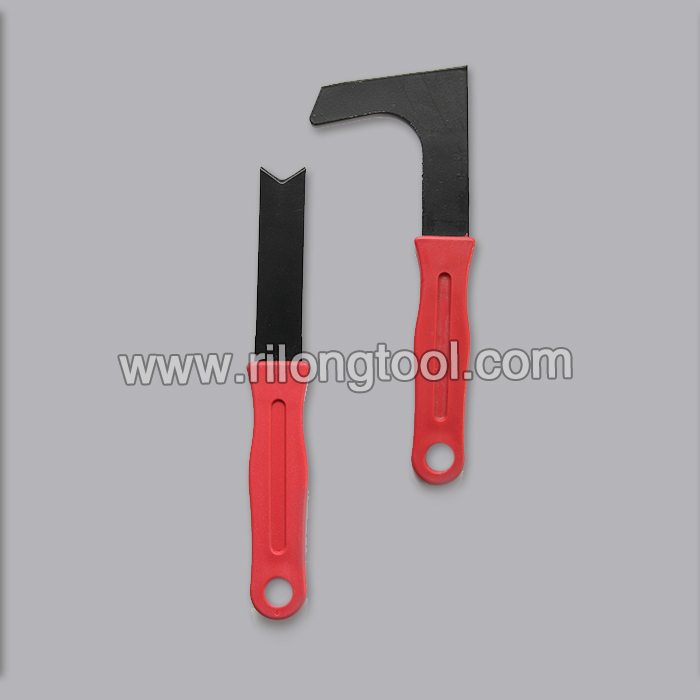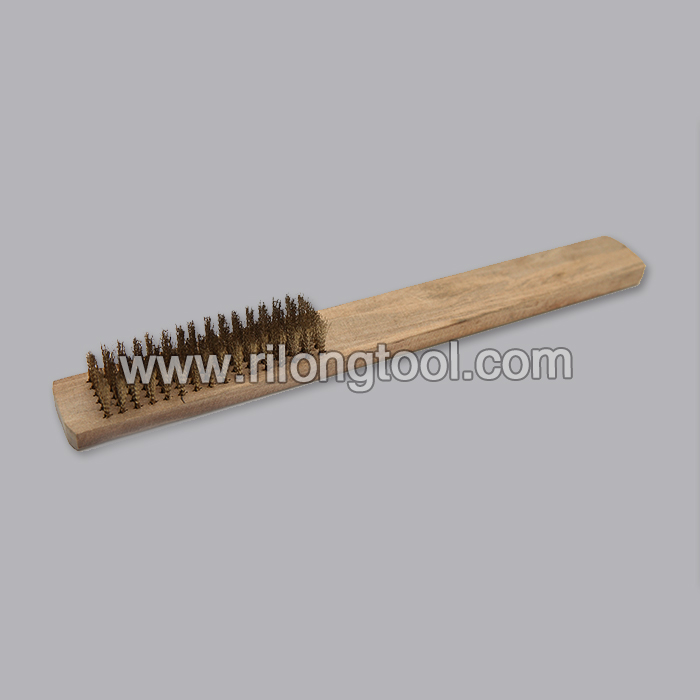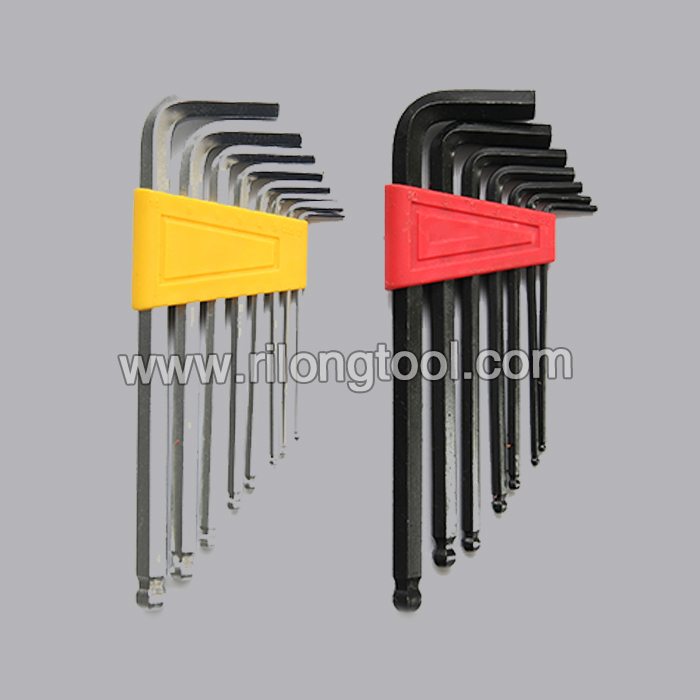China Professional Supplier 30-PCS Hex Key Sets packaged by BMC surface by Black Oxide Supply to Sierra Leone
Short Description:
Product Detail
Product Tags
Every member from our high efficiency sales team values customers' needs and business communication for China Professional Supplier 30-PCS Hex Key Sets packaged by BMC surface by Black Oxide Supply to Sierra Leone, We sincerely welcome friends from all over the world to cooperate with us on the basis of long-term mutual benefits.
Basic Information
■Model Number: RL-NLJ015
Additional Information
■Material: 45# Carbon Steel
■Size: 0.028″-3/8″, 0.7mm-10mm
■Surface Treatment: Black Oxide
■Heat Treatment: Optional
■Package: BMC + Double Blister Card
■OEM: Acceptable
■HS Code: 8204110000
■Samples: For FREE
■Delivery Time: Always 30 working days depending on the order quantity
■Packing: By standard cartons
Product Description
■Ningbo Rilong Hardware Tools Factory can provide various kinds of Hex Key with different sizes and packages.
Product Image
By watching this I hope it helps you to pull less. Or maybe you just want me to pull more! Either way , this is my first video and I hope you like it







